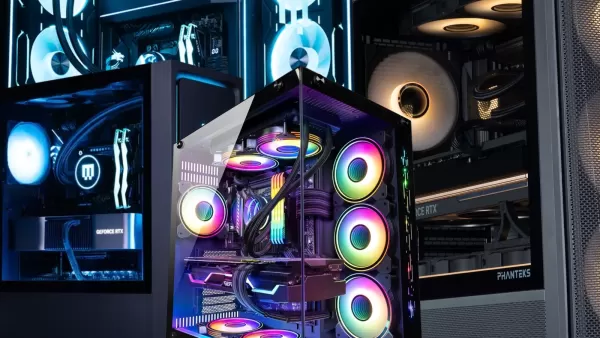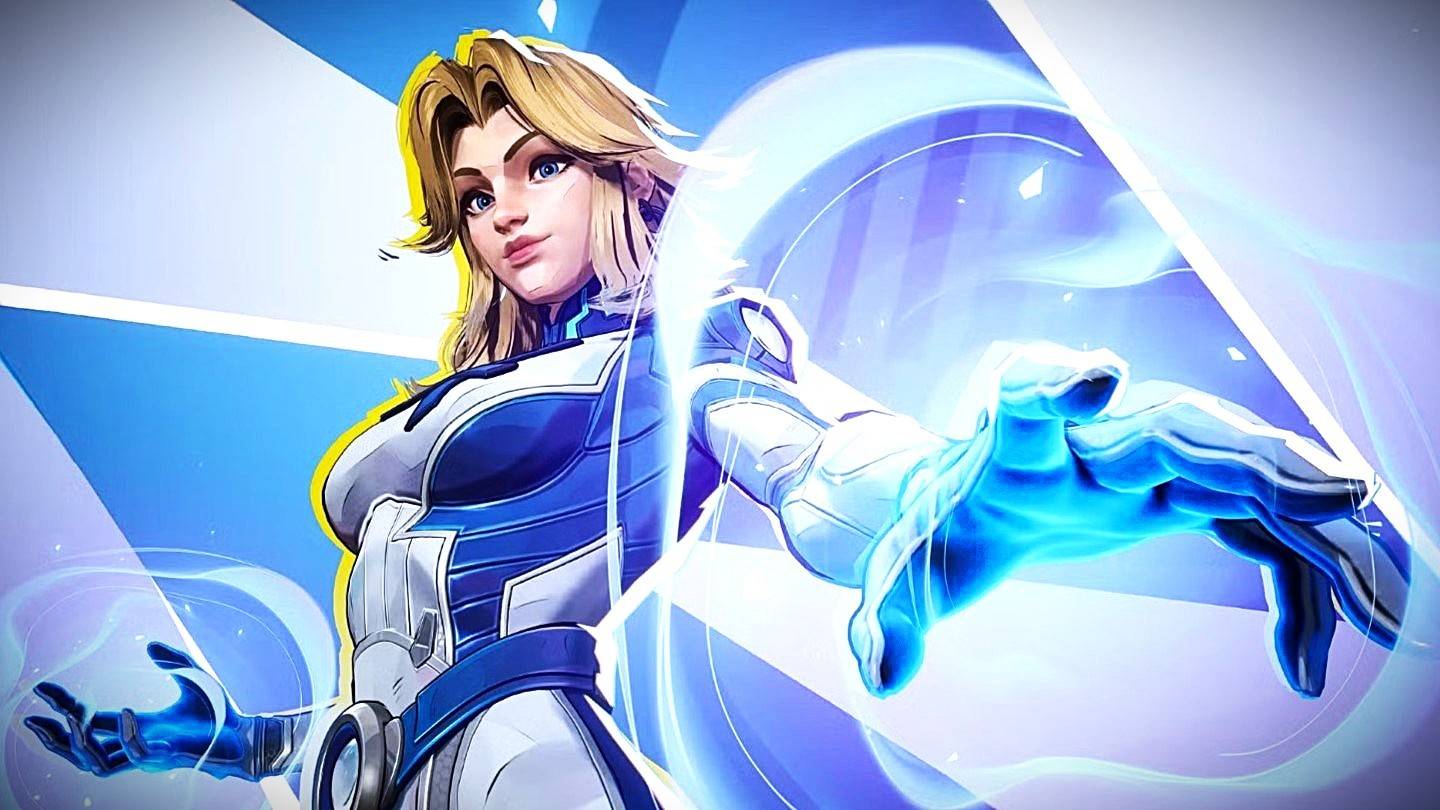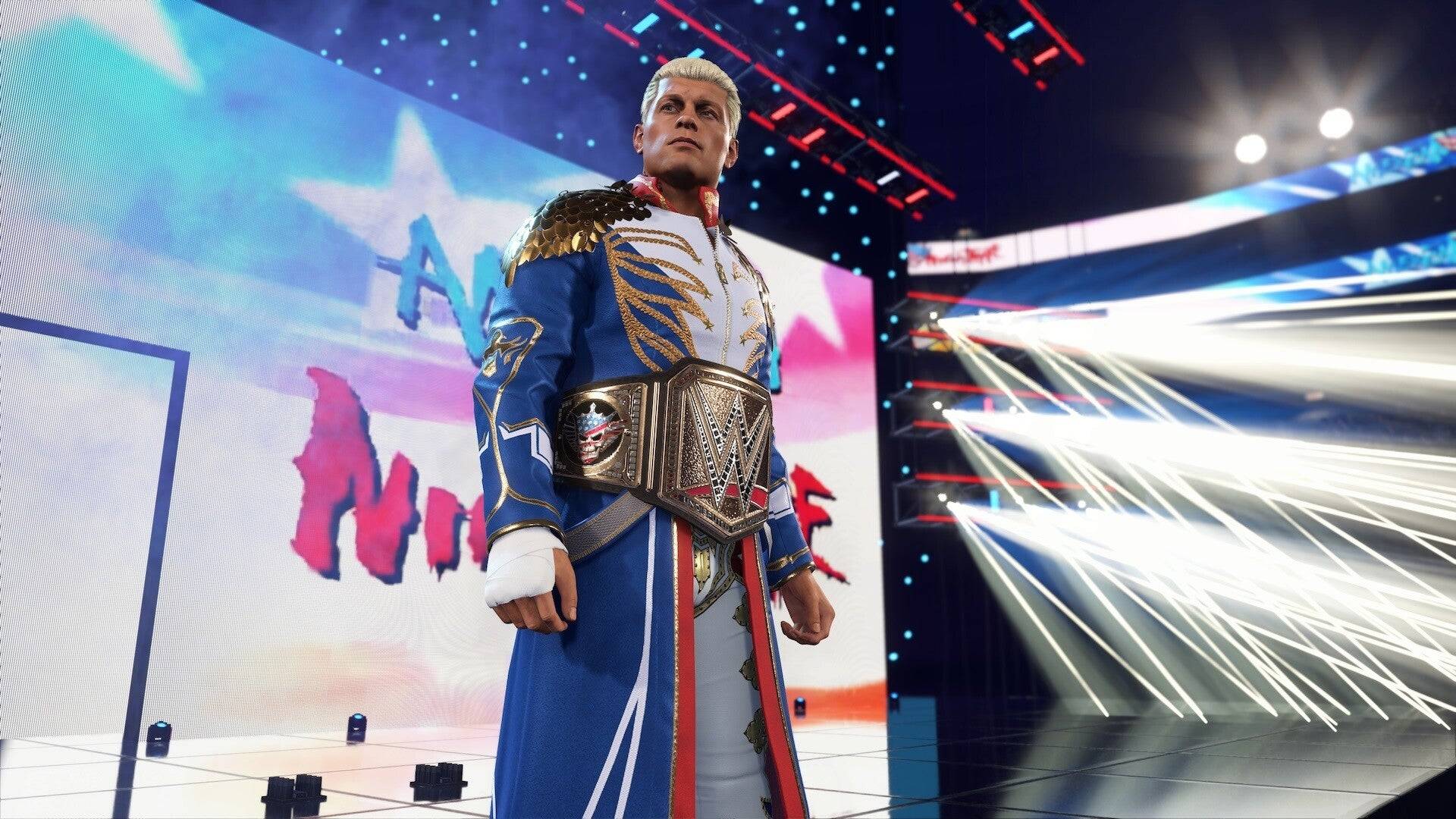Old Hardware Powers Through RTX 5080 Multi-Frame Gen
I always get excited when a new graphics card is released, and NVIDIA's announcement of the RTX 5080 with its latest DLSS 4 technology truly captivated me. This AI-driven tech promises to enhance visuals and boost frame rates beyond previous limits. But one quick glance at my aging gaming PC made me hesitate for a moment.
My RTX 3080 has been a reliable companion for years, consistently delivering 60 fps at 4K with max settings in my favorite titles. That smooth experience didn't last forever, though. Performance gradually declined until I had to lower settings, which I absolutely detested. For me, experiencing the full artistic vision in video games is essential—I want to appreciate every detail the developers pour into their creations. But was my PC still capable of handling that?
As it turns out, the NVIDIA GeForce RTX 5080 does work with my older system. I even have a 1000-watt power supply ready to handle the transition from the RTX 3080.
Still, I hit a few obstacles. My setup was far from ideal, and raw performance felt... underwhelming. Yet, even with those limitations and my reservations about DLSS 4, its multi-frame generation feature left a powerful impression—one that might have finally won me over.

RTX 5080 Installation – A 4-Hour Saga
I call it a grandpa-build, but it's not ancient. My PC runs on an AMD Ryzen 7 5800X processor with 32GB of RAM, both installed on a Gigabyte X570 Aorus Master motherboard (and yes, that detail matters). Replacing a graphics card is usually one of the simpler upgrades in a custom PC—or so I thought, until my overconfidence came back to haunt me.
I mistakenly assumed the power cables from my RTX 3080 would work with the RTX 5080. So I plugged two PCIe 8-pin cables into two of the three adapters on the new card. Deep down, I suspected this wouldn’t work, but I hoped to avoid extra effort. When I powered everything on, the RTX 5080’s LEDs remained dark. Ugh.
By then, I had already opened up my PC and parts were scattered everywhere. Naturally, I searched for PCIe 12-pin cables and was genuinely surprised to find them available on DoorDash. Yes, I ordered a set of Corsair PCIe Gen 5 Type 4 600-watt power cables from a Best Buy in another state—total cost $44. When you crave power, you do what it takes, right?
The cables arrived in about an hour, and I hurried upstairs to connect everything. Voilà! The GPU showed signs of life… sort of. It flickered uncertainly, and my monitors stayed black. Instead, a red light glowed near the VGA indicator on my motherboard. Another hour passed before I identified the issue. The X570 Aorus Master’s chipset fan is quite bulky, and the RTX 5080 is no slim card either. The graphics card couldn't seat fully into the PCIe x16 slot because the motherboard's oversized fan was in the way. No matter how much force I applied, it wouldn’t go in. Sigh.
In the end, I had no choice but to install the NVIDIA GeForce RTX 5080, one of the top GPUs available today, into a lesser PCIe x8 slot. So, with an older CPU and a downgraded PCIe slot, how badly was performance affected?

RTX 5080 Performance on My Aging PC
After running 30 benchmarks across five games, the RTX 5080 delivered middling raw performance on my system. But with DLSS 4 enabled, I witnessed the jaw-dropping numbers NVIDIA promised. As I’ve mentioned, I value experiencing the artists' intended vision, but DLSS 4 complicates that goal. For PCs like mine, it's currently the only viable path forward.
For those unfamiliar, DLSS 4 is a super sampling technology that enhances performance and sharpens image quality. The RTX 50-series introduces Multi Frame Generation, which uses AI to create up to three frames per actual frame. It only works in supported games, and some titles with standard frame generation may not support Multi Frame Generation—though the NVIDIA app allows you to override that.
Armed with the RTX 5080, I took on Monster Hunter Wilds as my first challenge. This poorly optimized game made it clear my RTX 3080 was no longer sufficient. Revenge was at hand. However, at 4K with Ultra preset and RT High settings, my PC couldn't reach 60 fps without DLSS, maxing out at 51 fps. Switching to DLAA (native resolution) and enabling standard frame generation boosted performance to 74 fps. Hitting max settings above 60 fps was my goal, so I consider this boss defeated. For even higher frames, Ultra Performance mode delivered 124 fps. (Note: At the time of writing, Multi-frame Generation (4x) isn’t natively supported in the NVIDIA app, though a workaround exists.)
Exploring the Living Lands in Avowed used to require turning down multiple settings to approach 60 fps. This time, the struggle continued. At Ultra, 4K, and RT enabled with DLSS off, my PC managed only 35 fps. The gods of Eora seemed to mock my $1,000-plus GPU. Then, I activated DLAA with Multi Frame Generation and soared to 113 fps—a 223% improvement. My jaw dropped. With DLSS Ultra Performance, frame rates literally doubled again.
If Avowed seemed demanding, Oblivion: Remastered pushed my RTX 5080 to its limits. Yes, the remaster of this nearly 20-year-old game tested even the latest hardware. At Ultra, 4K, RT Ultra, and DLSS disabled, I couldn't descend the mountains near Bryma without frame rates plummeting to 20 fps. It occasionally jumped to 40 fps, averaging around 30 fps—reminiscent of the original launch. Switching to DLAA with Multi Frame Generation, however, my PC achieved 95 fps, and Ultra Performance delivered 172 fps. Those Daedra didn't stand a chance.
Marvel Rivals was one title I never had issues with (thank you, NetEase). But in competitive games, every frame counts. As a Magik main, timing my dash is critical. I measured both fps and latency (in milliseconds). At Ultra, 4K, and DLSS off, the RTX 5080 ran Umbral Incursion at 65 fps with 45ms latency. Enabling DLSS Native with Multi Frame Generation boosted fps to 182, but latency rose to 50ms—the highest among seven tests. The lowest latency came with Performance mode and standard frame generation, yielding 189 fps and 28ms latency, matching performance without frame generation. While DLSS 4 didn’t guarantee my Eldritch Armor Magik an MVP spot, I’m not saying it didn’t help.
I saved Black Myth Wukong for last, running only the benchmark tool, which limited me to standard frame generation. Still, the numbers impressed. At Cinematic, 4K, DLSS 40%, and RT Very High, the RTX 5080 managed 42 fps. Enabling frame generation lifted that to 69 fps—a solid result, and plenty smooth for enjoying the game (which I’ll eventually play, being a fan of simulated challenges). Multi-frame Generation would roughly double the added frames. So, with a 27 fps gain from standard generation, x4 could theoretically bring the total to around 123 fps on my setup.
To put it mildly, relying solely on raw GPU power for my favorite games left me disappointed. This outcome stems from my older components and the fact that the RTX 50-series didn’t deliver a massive leap in raw performance this generation. Even so, DLSS 4 completely transformed the experience for me.

No Need for a Full PC Upgrade with a New GPU
Of course, relying on DLSS 4 and Multi-Frame Generation comes with caveats. The software generates visual data that wasn’t originally there, and the technology still has imperfections. Whether roaming Cyrodiil or the Living Lands, I noticed occasional fuzziness in environmental textures and artifacts in inventory screens. DLSS 4 isn’t magic—you're trading some raw fidelity for higher frame rates and an enhanced visual experience that can closely mimic the original. It’s a great solution for poorly optimized ports, but I still hope developers won’t depend on this tech for game optimization.
Still, if my experience proves anything, it’s that a new GPU can deliver impressive results even in a less-than-ideal setup. I considered removing my motherboard fan to fit the RTX 5080 into the PCIe x16 slot, but after seeing what DLSS 4 accomplished, it felt unnecessary.
So no, you don’t have to upgrade your entire system to benefit from a new graphics card. You might need a higher-wattage power supply (the RTX 5080 requires 850W) and compatible cables (like I did), and that’s about it. GPUs are expensive and often hard to find, so don't rush to fill your Newegg cart with new components. Your current setup is likely just fine.
I’m not sure how much longer my current build will hold up before a full upgrade is due, but I’m confident DLSS 4 and Multi-Frame Generation have bought me at least seven minutes to give Wesker a proper greeting.
-
1

Announcing the Bazaar Release: Date and Time Unveiled
Feb 02,2025
-
2

Marvel Rivals Update: News and Features
Feb 19,2025
-
3

GTA 6 Release: Fall 2025 Confirmed
Feb 23,2025
-
4

Vampire Survivors – Arcana Card System Guide and Tips
Feb 26,2025
-
5

Novel Rogue Decks Android Debut
Feb 25,2025
-
6

DC Heroes Unite: New Series from Silent Hill: Ascension Creators
Dec 18,2024
-
7

Get Exclusive Roblox DOORS Codes for January 2025
Feb 10,2025
-
8

Marvel Rivals Unveils Season 1 Release Date
Feb 02,2025
-
9

WWE 2K25: Long-Awaited Return
Feb 23,2025
-
10

Anime Fate Echoes: Get the Latest Roblox Codes for January 2025
Jan 20,2025
-
Download

Street Rooster Fight Kung Fu
Action / 65.4 MB
Update: Feb 14,2025
-
Download

Ben 10 A day with Gwen
Casual / 47.41M
Update: Dec 24,2024
-
Download

A Simple Life with My Unobtrusive Sister
Casual / 392.30M
Update: Dec 10,2024
-
4
Mega Jackpot
-
5
Day by Day
-
6
The Lewd Knight
-
7
Translate - Voice Translator
-
8
VPN Qatar - Get Qatar IP
-
9
Chewy - Where Pet Lovers Shop
-
10
Kame Paradise














